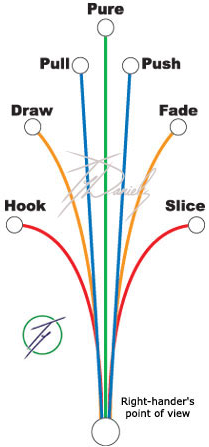The First Tee, a youth development organization, impacts the lives of young people by providing educational programs that build character, instill life-enhancing values and promote healthy choices through the game of golf. Supported by golf’s major organizations, including the LPGA, Masters Tournament, PGA of America, PGA TOUR and USGA, The First Tee has reached more than 7 million young people since its inception in 1997 and reaches youth on golf courses, in schools and on military installations.
The First Tee’s nine core values –
- Honesty
- Integrity
- Sportsmanship
- Respect
- Confidence
- Responsibility
- Perseverance
- Courtesy
- Judgement
The Numbers
| 7.6 Million |
|
participants reached since 1997 |
| 12,000 |
|
volunteers actively engaged |
| 5,300 |
|
elementary schools offering The First Tee National School Program during the 2012-2013 school year |
| 50 |
|
U.S. states offering The First Tee programming |
| 5 |
|
international locations offering The First Tee programming |
|
|
|
The number of golfers in the USA (playing 8 rounds or more a year) has been steadily dropping by 3-4.5% each year, since 2006. With golf in the decline, it is important for the game that new people from all backgrounds are introduced to the game. Although the First Tee program is golf based, it teaches valuable life-skills. The First Tee is open to kids aged 7 to 14. If you are interested in enrolling or helping out, more details can be found on their website – http://www.thefirsttee.org. The LA local chapter has a Facebook page – https://www.facebook.com/thefirstteelosangeles.
The majority courses featured on my website are ideal for people (kids and adults) starting out, due to their short nature. You do not have to drive the ball 200+ yards to play most of these par 3 golf courses. De Bell par 3 in Burbank has a longest hole of 95 yards for example.


